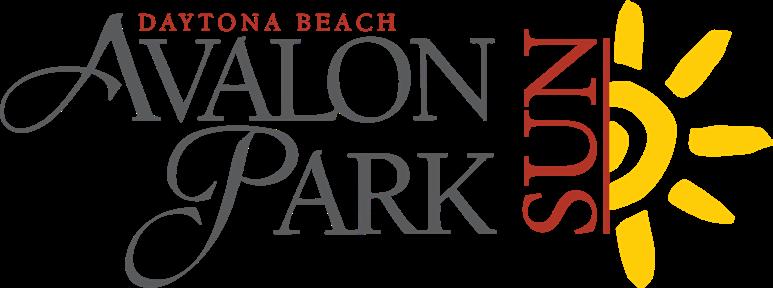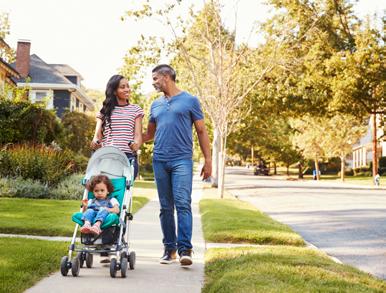
3 minute read
A Change of Place
A Change of Place
A look into place, pace and a neighborhood’s walks of life.
When thinking about the ways in which conventional suburban developments and traditional neighborhood developments differ, the answers lie in the mixed-use aesthetic of the latter—an important concept discussed in the previous article, “How Would You Like to Grow?” which discusses the primary differences between conventional suburbia and traditional neighborhoods. A key feature of traditional neighborhood developments is, again, the idea of “mixeduse” planning: the residential, institutional, and commercial arranged in a way that they intersect and create larger opportunities to foster connections among people. On an even smaller scale, then, we can outline the very basics upon which mixed-use, traditional neighborhood developments rely. These basics, or fundamental components of traditional neighborhoods, all serve the pedestrian in building a successfully “walkable” place, or a place whose recreational and functional parts can be easily accessed via foot. They also contribute to the larger sense of community, displacing the suburban anonymity common in conventional suburban developments.

Perhaps the most basic building block of traditional neighborhoods are blocks, or simply streets. As briefly mentioned, conventional suburbia was anonymous, essentially isolated; everything built in its own separate pod with a necessity for automobiles to reach other destinations. Traditional neighborhoods have fully strayed from this concept, opting instead for “shared space” streets, which transforms streets from serving a purpose of optimal vehicular mobility to public spaces that serve many social and economic functions while also contributing to the nature of a community. It is said that, on average, people are willing to walk ¼ of a mile before deciding to drive. While traditional neighborhood developments cannot achieve what some cities can, such as a public transportation system and corner stores on every block, neighborhoods can and do offer a public space—whether a pool, park, school, or another public space—within ¼ of a mile.
These ideas, the idea of “context-based” street design, or an ideology which suggests that streets should respond to land-use and the commercial, institutional, and residential needs of an area. Institutionally speaking, this concept of designing streets to maximize movement while also providing natural environmental buffers is what allows for spaces like schools and places of worship to be accessible. In a traditional neighborhood, it is often the case that there is an elementary school, a middle school, and a high school all relative to one another—close enough to walk, but far enough so as not to overcrowd one particular area. Similar is the case for places of worship, whether it be churches, temples, mosques, or other religious settings.
Now, it is important to bring up how and why multiple places of schooling and worship are effective in a traditional neighborhood. Due to their accessibility and divergence from the cookie-cutter homes of conventional suburbia, people of all social and economic strata are able to live, work, and function in traditional neighborhoods. From apartment buildings, to units for living above businesses, to townhomes, to houses, traditional neighborhoods cater to many economic classes. Again, the word accessibility is useful: many types of living arrangements means many types of people living in a neighborhood, leading to a necessity for multiple schools and places of worship. This true diversity is something achieved only by a traditional neighborhood dedicated to its inhabitants, making for an increasingly varied population to occupy schools and places of worship. Due to this close proximity of dense residential housing, traditional neighborhoods create an ideal mix of uses for daily needs. Again, a mixed-use community allows for accessibility and closeness to necessities such as places for medical and financial needs, grocery stores, arts like music and dance studios, gas stations, and professional businesses. Later, in a new article, we will delve further into the idea of complete streets, how they are constructed, and the ways in which they contribute to multiple facets of traditional neighborhood developments.






